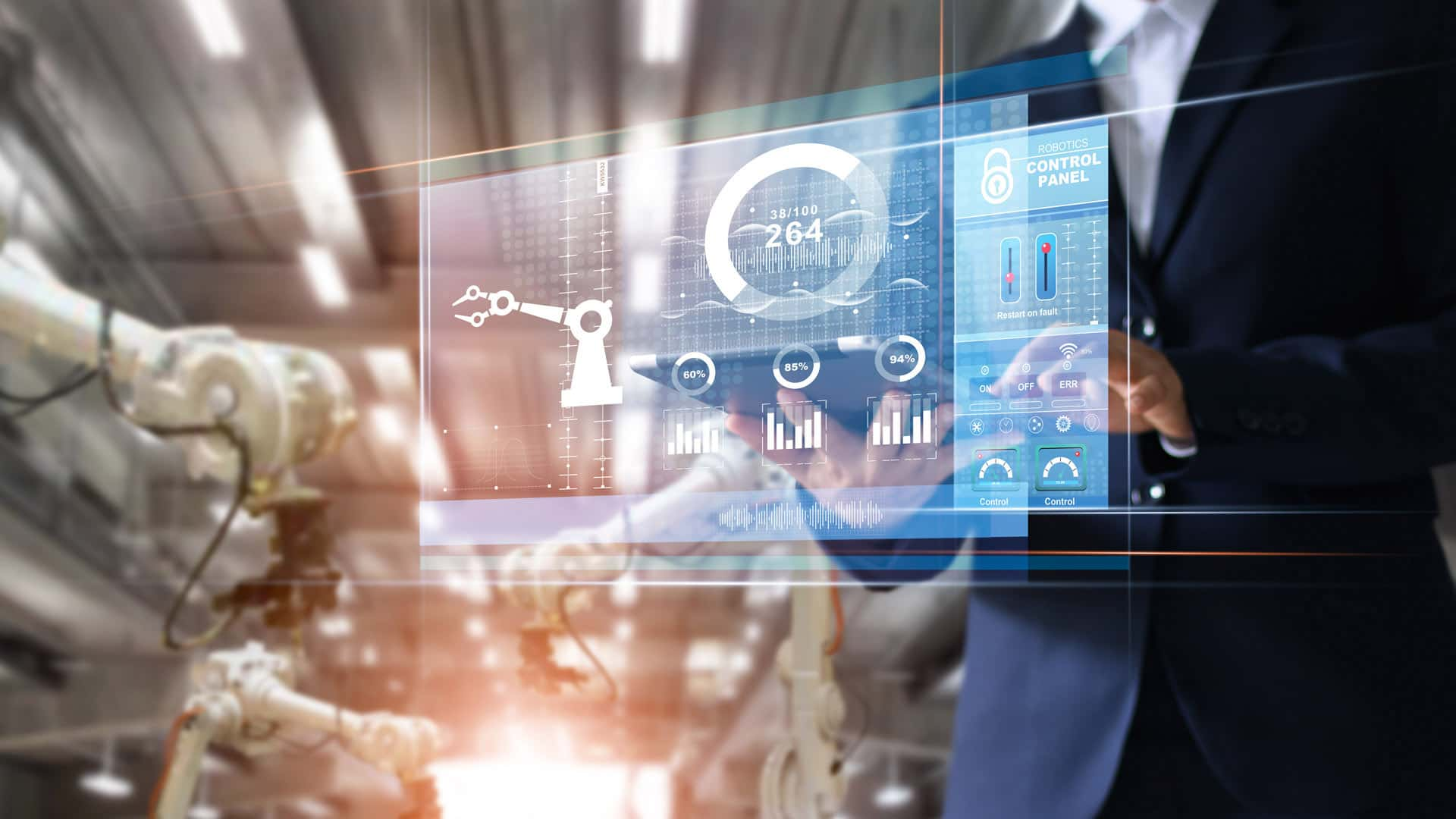Coronavirus: How Industrial IoT Powers Distributed Work
The driving values behind IIoT is that smart machines are not only better at capturing and monitoring data in real-time, they are also better at communicating useful data that can be utilized to drive business decisions faster and more precisely. The development in the IIoT market is because of the high of demand for Industrial IoT applications in smart industries.
Hence to navigate the current epidemic and reach to the next normal level that will evolve after the crisis abates; the Industrial Internet of Things can support companies to evolve as a stronger, once operations build up again. IIoT explains how industrials can apply it as they move via the three horizons such as Resolve, Resilience and Reform as it is an essential development move during these challenging times.
Remote Work Collaboration
Companies are now dealing with remote work on a huge scale, pushing businesses to discover ways to keep up work outside of traditional workplace settings. As per the 2019 International Workplace Group Global Workspace Survey, in the U.S., 69% of businesses have a resilient workspace policy and that scenario is only assured to grow. Off-the-shelf IIoT tools help the continuation of business operations with fewer employees on-site since they make possible remote work in direct and indirect functions.
With machine breakdowns, for example, IIoT tools can get input from sensors that assist to identify problems, such as broken components or oil leakage that could interfere with production. Teams can then analyze the tool outputs and discuss the potential origins of error over videoconference.
Tracking Workforce as well as Valuable Equipment and tools
When resources remain open, IIoT tracking solutions can assist implement important physical-distancing measures. Wearable positioning devices help to track employees where they are moving within a facility. Industries in the manufacturing, healthcare and construction can simply connect shared and often-utilized assets with sensors to trace their location and maintenance status in the factory, warehouse, hospital, or site.
When employees are not on site due to some reasons, leaders can continue operations effectively by remotely monitoring assets to minimize loss and product shortages, improve productivity. Sensors on equipment can even specify if the machine has been misused, requires maintenance or replacement. Instead of having people on-site to execute inspections, IIoT-connected sensors can recognize vibrations, analyze overall conditions and identify when preventive maintenance is required using AI.
Vision-Based Control Systems to Monitor Conditions
Along with remote-collaboration tools, vision-based control systems having increasing importance during the current pandemic. For example, systems that monitor video feeds can be integrated with infrared imaging that can help with the identification of infected or infectious employees and analyze physical distancing. When employees are mandated to spend less time in a factory on a worksite or due to social distancing guidelines, drones can take the place which will help to autonomously analyze facilities, both indoors and outdoors.
In the manufacturing, oil and gas industries, by using AI and computer vision in unmanned aerial vehicles can increase existing workforces for even significant distribution. Drones can recognize risks or noncompliance concerns and inform site managers to prevent errors that lead to accidents.
Offer Remote Asset Control and Support
IIoT can enable companies to continue with operations when public-health interruptions prohibit or limit on-site work by analyzing and controlling equipment remotely. To apply such services, companies need to connect critical assets to cloud-based control software. Employees can then initiate access to these tools from home while holding the highest security standards.
In distributed networks where real-time support remains analytic that containing healthcare, manufacturing and machine-intensive industries, AR can be utilized to minimize the cost and time needed to train new employees, upskill current employees, or give assistance in operation or repair situations. With the help of AR headsets connected to IoT networks, workers can do work faster and safer with higher accuracy by giving step-by-step instructions explained in the field of view.
Improve Supply Chain, Logistics Efficiencies
Industries can utilize IIoT technology throughout supply chain management and logistics. It helps real-time data exchange between all supply-chain participants, generating an integrated view of production programs, scheduling, inventories and quality. Furthermore to developing transparency and trust, such tools can also minimize supply-chain costs and risks, for example, by gaining signals from connected machines when they are running out of raw materials, or by tracking the flow of materials along the supply chain with the help of geolocation tags. With such insights, companies can improve inventory levels, production planning and transport usage via a more integrated approach.
By investing in connected fleets of autonomous vehicles as well as drones, industries can utilize IoT connectivity and blockchain technology to transfer digital shipping manifests wirelessly. This notifies the loading and unloading of shipments with the help of robotic cranes that move containers onto nearby transport for further distribution without human involvement.
On the next logistics step along the supply chain, a team of robots and drones may traverse through a warehouse, scanning shelves to take inventory. This real-time transparency enables the logistics team to handle the material flow more precisely and order raw materials and other inputs before inventory goes out of stock. The IoT network associates the robots and drones to the store’s central systems and a high-bandwidth connection establishes the upload and analysis of high-definition imagery utilized to generate stocktaking records.
IIoT technologies assist field service technicians to rectify potential concerns in the equipment before they become major concerns, allowing techs to resolve the problems before they create inconvenience to the customers.
IIoT applications are also focused on increasing efficiency and improving health and safety. Industrial IoT provides remarkable advantages during times of improved workforce distribution and automation.

